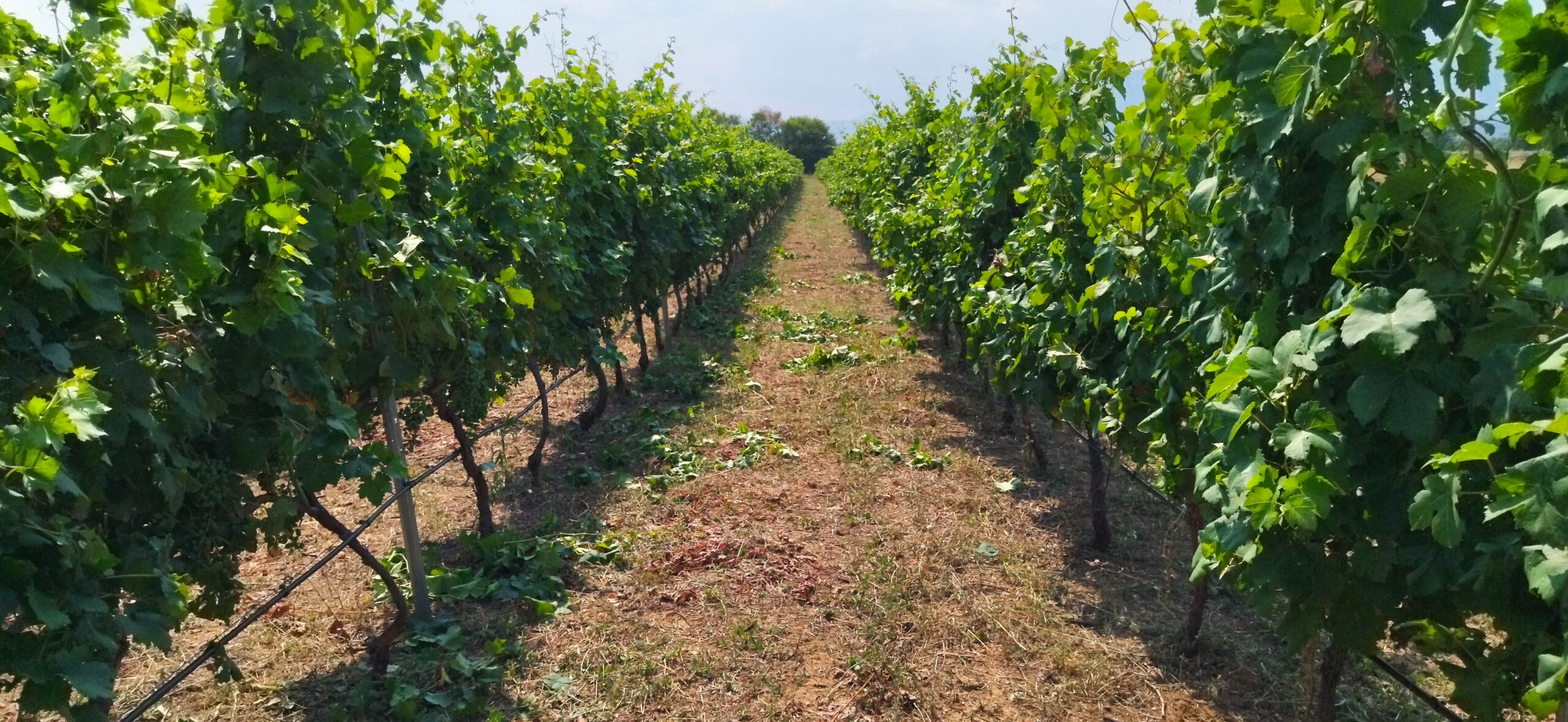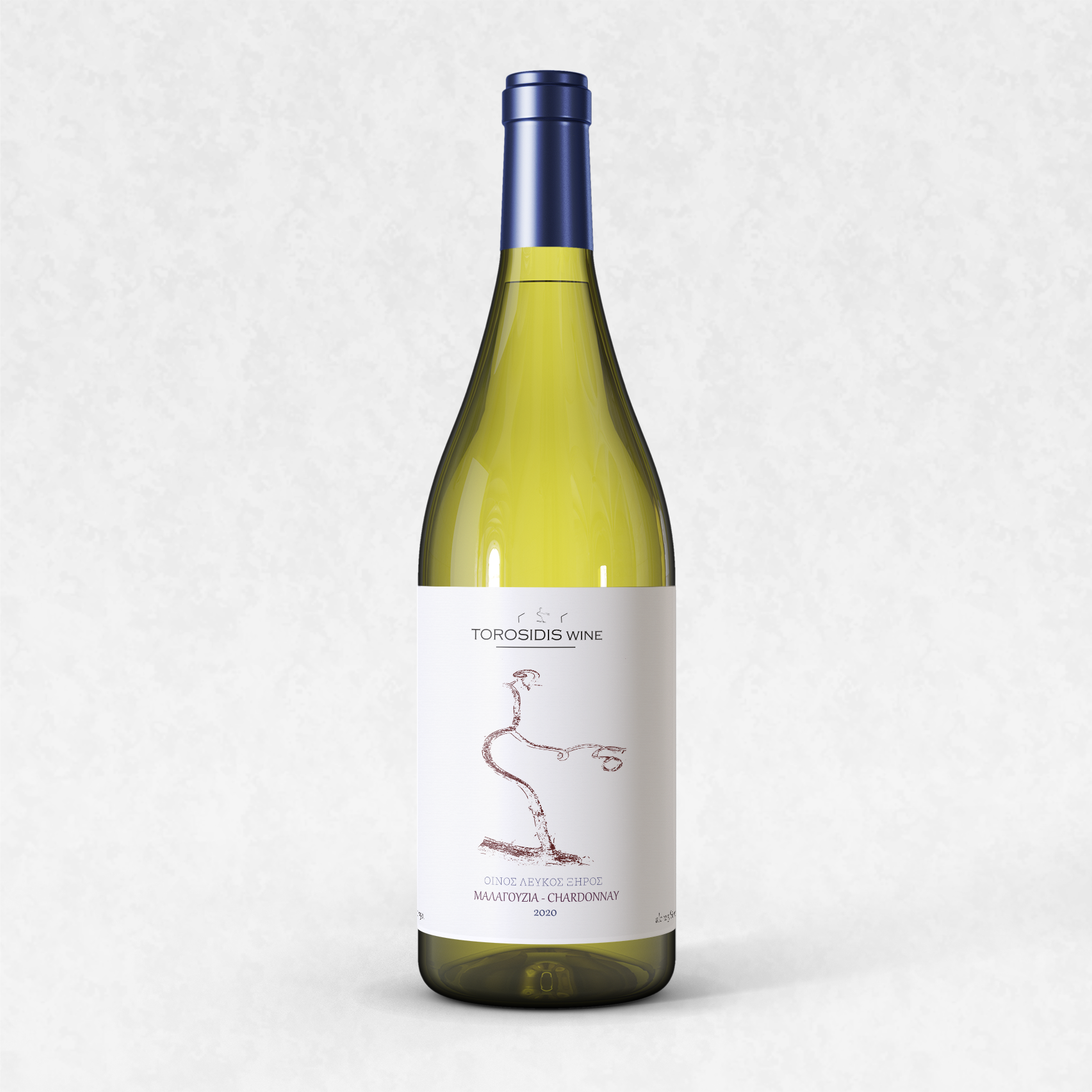
Phosphorus is absorbed with the two forms of monovalent (H2PO4-) and divalent (HPO42-) phosphate ion. The availability of phosphate ions is affected by the pH of the soil, so that at pH values below 7 monovalent phosphate ions are available, while at pH values above 7 divalent phosphate ions are available. The monovalent form is the one that is mainly absorbed by plants (Salisbury and Ross, 1992).
As in the case of nitrogen, understanding how plants take up phosphorus is a key factor in determining the plant’s nutritional needs.
Vine plants begin to actively take up phosphorus 22 days after bud growth, with root reserves supplying much of the required phosphorus from newly growing shoots.
The uptake of phosphorus increases rapidly during the veraison period with a small amount coming from root deposits. In the 35 days before veraison, some quantities begin to move to the roots in order to form the new stock of the plant. The phosphorus content in the plant from veraison to harvest remains relatively stable.
After harvesting and for about 33 days, phosphorus uptake continues with root storage levels increasing. In the 44 days preceding normal defoliation, phosphorus uptake increases, increasing phosphorus levels in leaves, roots, clematis and trunk.
Two distinct periods of phosphorus absorption were found during the growing season, with the first extending from bud growth to veraison and the second from harvesting to normal defoliation, with maximum absorption in the 44 days preceding defoliation (Conradie 1981).
Conradie (1981) examined seasonal potassium intake. He found that the potassium content of the vine plant did not change significantly during the first 22 days of bud growth.
After this period, potassium intake increased until the end of the period of rapid growth of shoots (74 days).
During the period from the end of flowering to veraison, the plant received 49% of its annual potassium needs.
Between veraison and harvesting potassium intake decreased and at the same time its distribution in the plant is as follows: grapes (66.1%), trunk (4.7%), roots (6.9%), vines (11.7%) and leaves (10.7%).
A second peak of potassium intake occurred in the 33 days following harvest, but did not extend beyond this point.
Πηγή :Cooperative Research Center for Viticulture 2006. Grapevine Nutrition Literature Review.
As in the case of nitrogen, understanding how plants take up phosphorus is a key factor in determining the plant’s nutritional needs.
Our Wines
Shop

Related Articles
Related
Κριτήρια προτεραιότητας για τη χορήγηση αδειών φύτευσης αμπελιού
Προκειμένου να χορηγηθούν οι άδειες νέας φύτευσης εφαρμόζονται κριτήρια προτεραιότητας όπως αυτά έχουν επιλεγεί για την κάθε περιφέρεια κάθε αγροτεμάχιο λαμβάνει βαθμολογία στο κάθε κριτήριο με βάση τον συντελεστή βαρύτητας W και τον συντελεστή συμμόρφωσης Pt. Η...
Αιτήσεις για άδειες φύτευσης αμπελιού για το 2024
Οι ενδιαφερόμενοι για την απόκτηση αδειών νέας φύτευσης οινοποιήσιμων ποικιλιών αμπέλου, υποβάλουν ηλεκτρονικά, μέσω της Ψηφιακής Υπηρεσίας Υποβολής Αιτήσεων Αδειών Νέων Φυτεύσεων της ιστοσελίδας του ΥΠ.Α.Α.Τ, αίτηση- υπεύθυνη δήλωση από την 1 Σεπτεμβρίου μέχρι και...
Until 20 November 2023, applications for the restructuring and conversion of vineyards of the 2023-2024 wine year.
The period of application of the intervention for restructuring and conversion of wine-growing areas in our country concerns the wine year 2023-2024.The intervention shall cover one or more of the following actions: (a) varietal conversion of vineyards, including...
